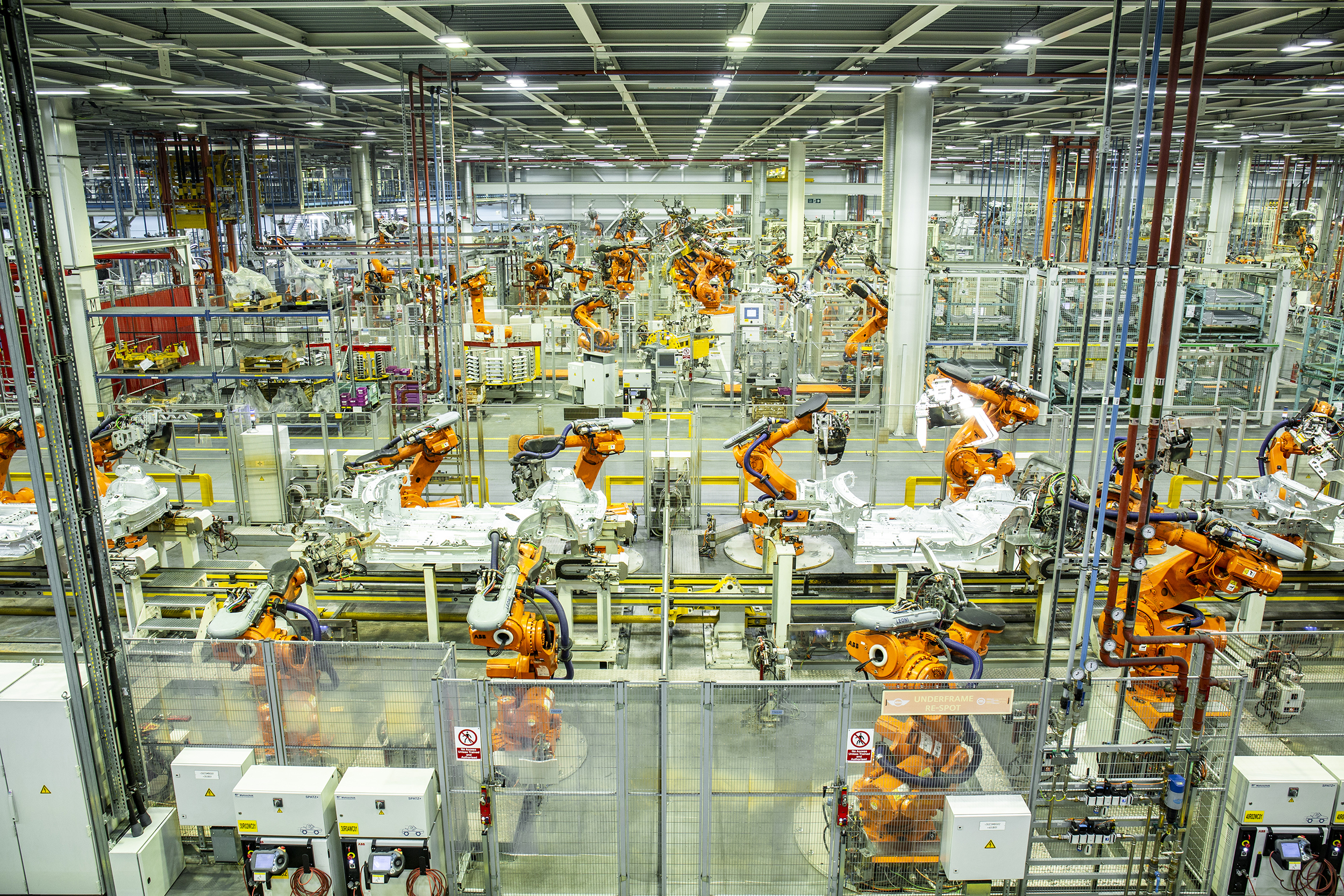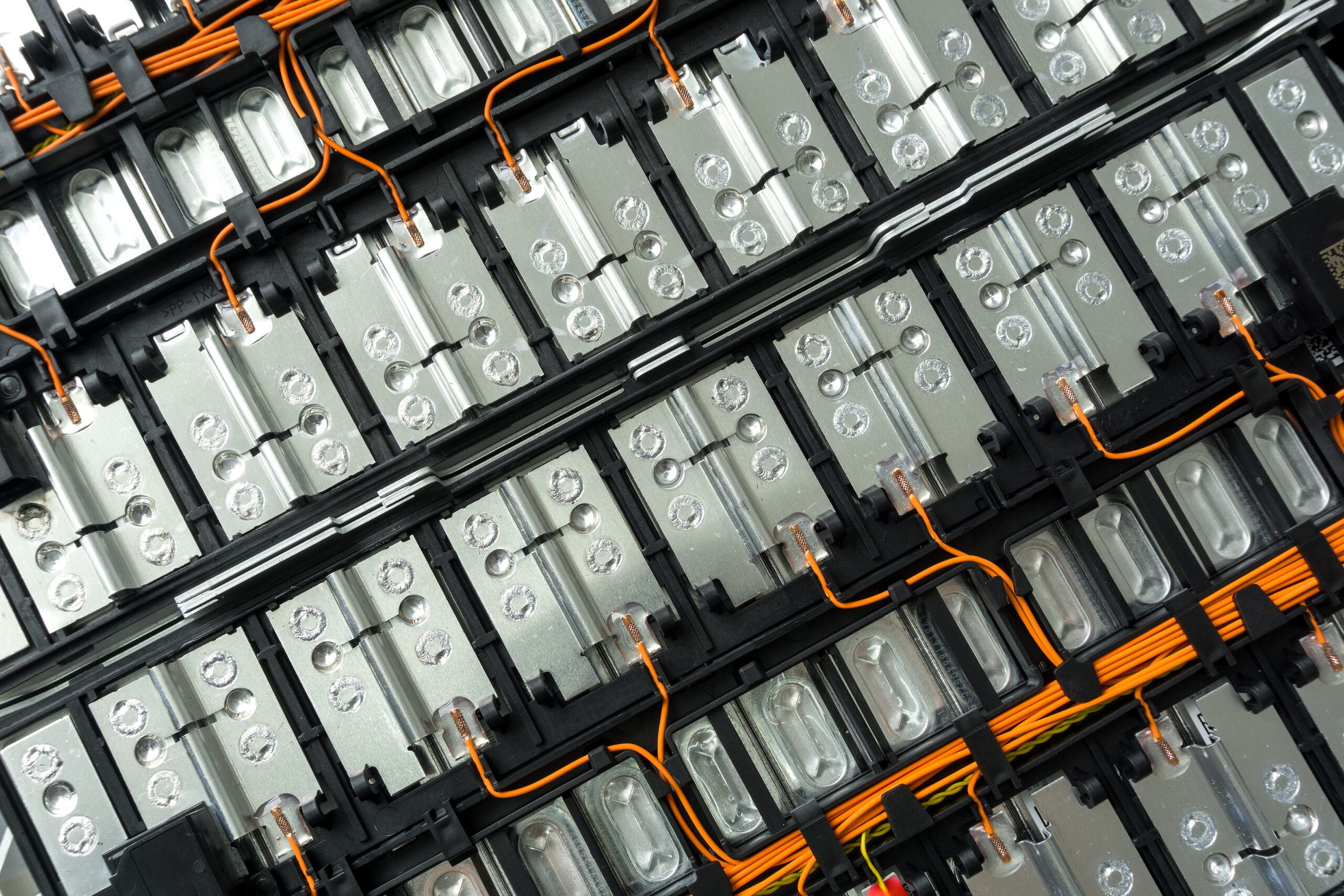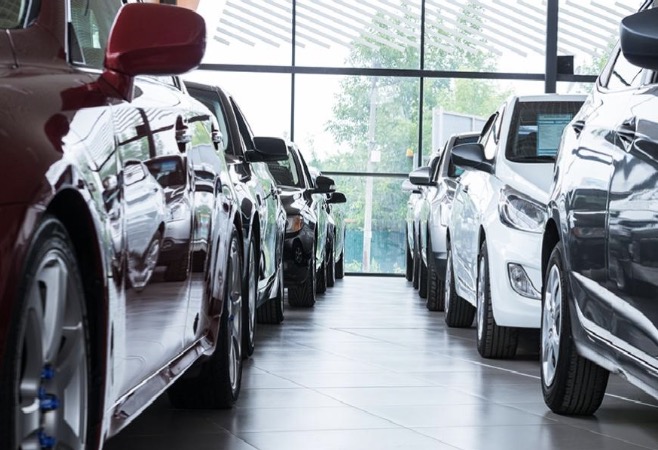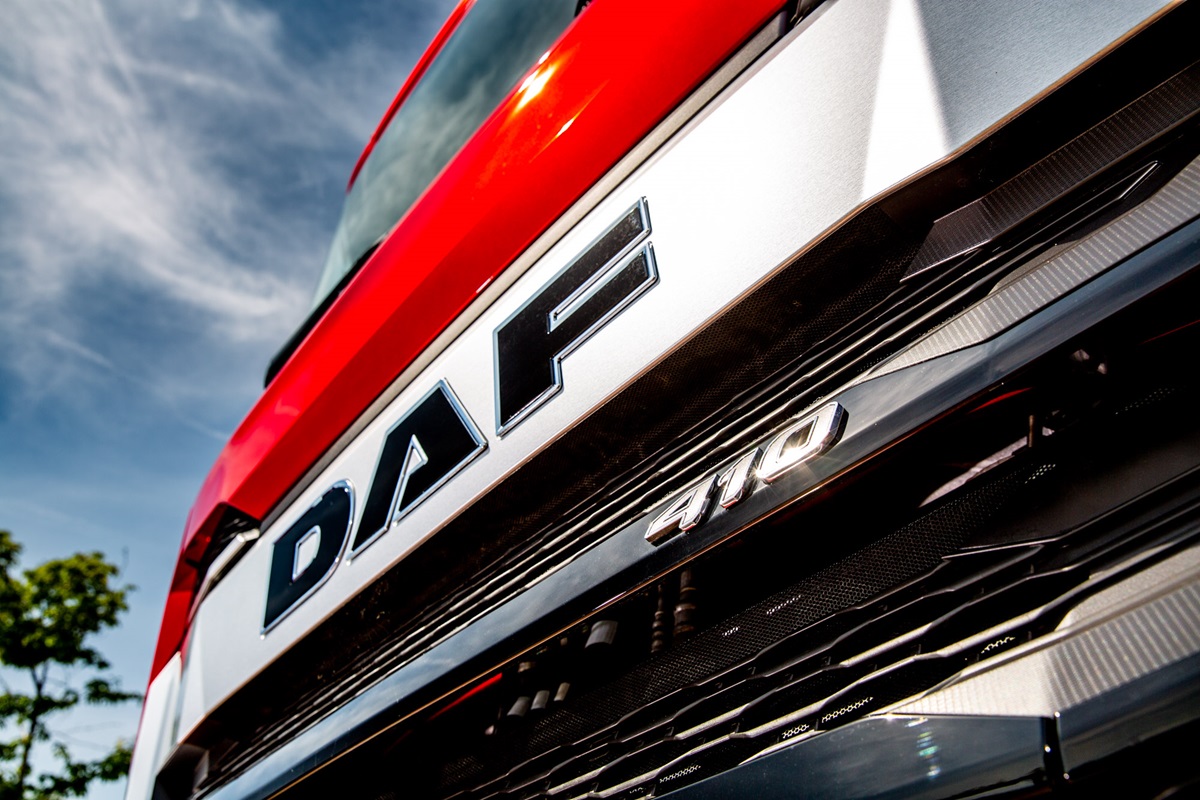
What do you think are the major challenges for the CV industry and, in particular, the truck sector at the moment?
The move to zero emission technologies is arguably the biggest change the sector has faced in decades. And whilst truck manufacturers are working hard to develop solutions that can integrate with existing logistics systems, there are going to be significant changes to the way our customers deploy and use those trucks in operation. There are challenges, but it’s also an exciting time with many opportunities for those that come to market with the best solutions.
The target for net zero emissions trucks over 26 tonnes is in 2040. Clearly the emphasis is on developing and expanding the electric truck range, but how can we accelerate change and make it easier for OEMs to achieve this target?
If we look across the sector at what’s on offer from traditional OEMs, and some new ones, there is now a broad range of electric vehicles on offer that can serve most, if not all, typical applications. We do need to accelerate the uptake of electric vehicles and to do that we need to address some of the barriers to adoption.
Infrastructure for charging, both at base and out on the road, is improving, helped considerably by the various ZEHID consortia. And working through SMMT, we are hopeful that future changes to maximum weights could ensure electric trucks can match the payload and thus productivity of ICE trucks. What we do see is that electric trucks can make financial sense for transport operators over the longer term, so operators that make the step early have an opportunity to get ahead of their competitors.
Electric trucks have stolen the limelight but B100 biodiesel is available on the new-generation DAF XF, XG and XG+ trucks. How important is biodiesel to DAF and is this just a stopgap until full electrification?
Renewable fuels can dramatically cut the well-to-wheel CO2 emissions from transport today, and I believe we should be doing more to encourage their use alongside the increased deployment of electric trucks. HVO can even be used in an existing ‘diesel’ fleet meaning net CO2 can be cut by up to 90%, with a simple low-cost switch. B100 biodiesel is another solution we can offer, but it isn’t straightforward to deploy into existing vehicles. Its use is incentivised in some European markets and that is where we expect the uptake of B100 biodiesel to be strongest.
Driver wellbeing is a key concern now, particularly in addressing driver shortages. How can the product offering be improved to make the industry more attractive to new, younger drivers?
The design of DAF trucks is a collaborative one. During the development phase, we invite end-users to a series of ‘customer councils’ to sense check our ideas and to validate our approach. One such council is made up of drivers from across various sectors of the industry. Their input is crucial to our understanding of how they use the cab as a driving, working and resting space. The New Generation DAF takes full advantage of the changes to Masses & Dimensions legislation which allows longer cabs, maximising the internal space. And of course, by making the cab larger, and equipping it with features and qualities traditionally associated with a luxury passenger car, certainly helps attract and retain drivers!
PACCAR is introducing solar panels on trucks. Is the truck-buying community ready for this and what uptake do you expect?
DAF and PACCAR are always looking for innovative solutions that can reduce total cost of ownership and improve driver wellbeing for our customers. Solar panels fitted to the cab or bodywork can do both. Providing a source of external energy can reduce or eliminate the need to run the engine to top-up the vehicle batteries, allowing the driver to enjoy the use of in-cab accessories whilst parked. We are already seeing customers taking advantage.
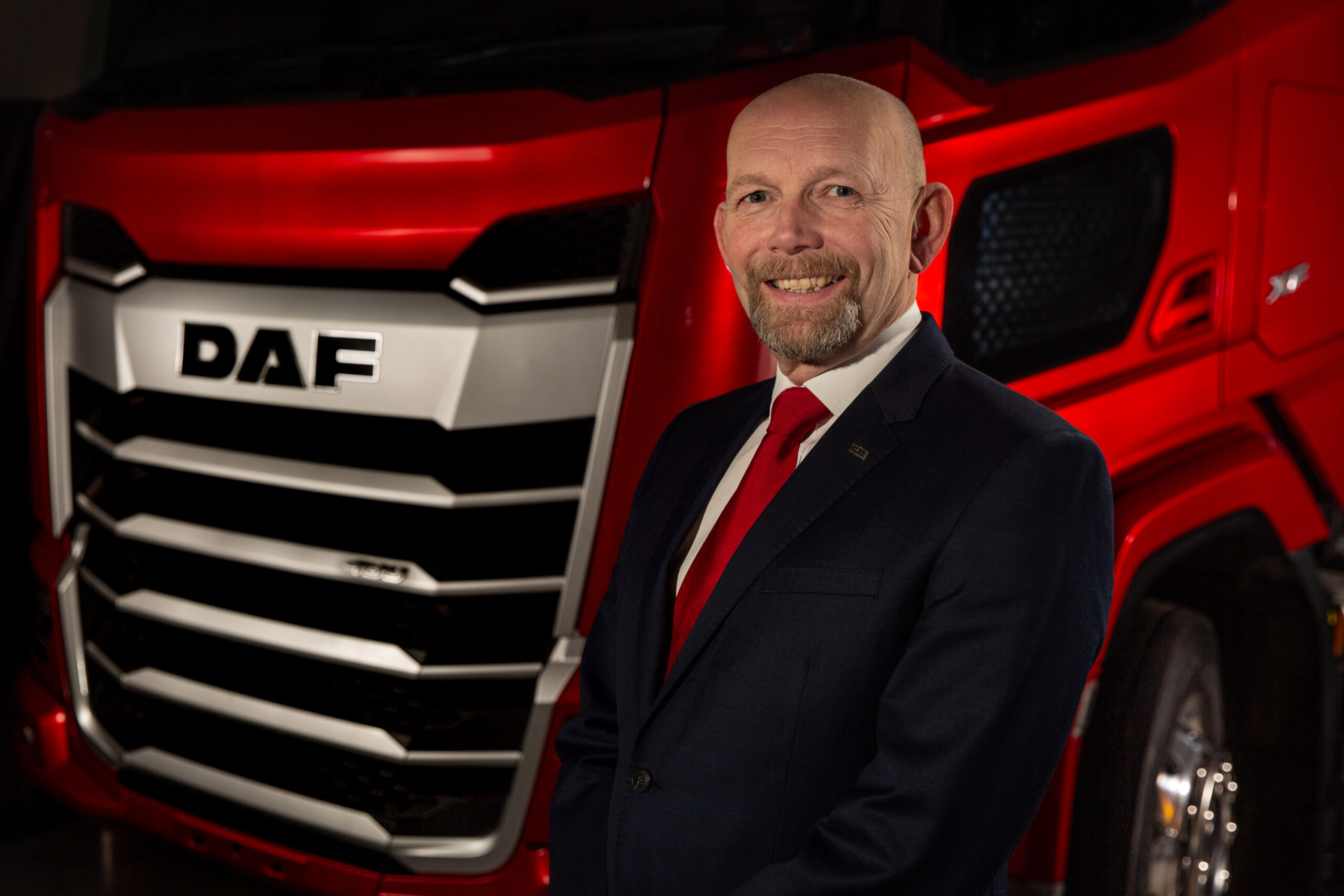
Phil Moon
Marketing Manager, DAF Trucks UK
